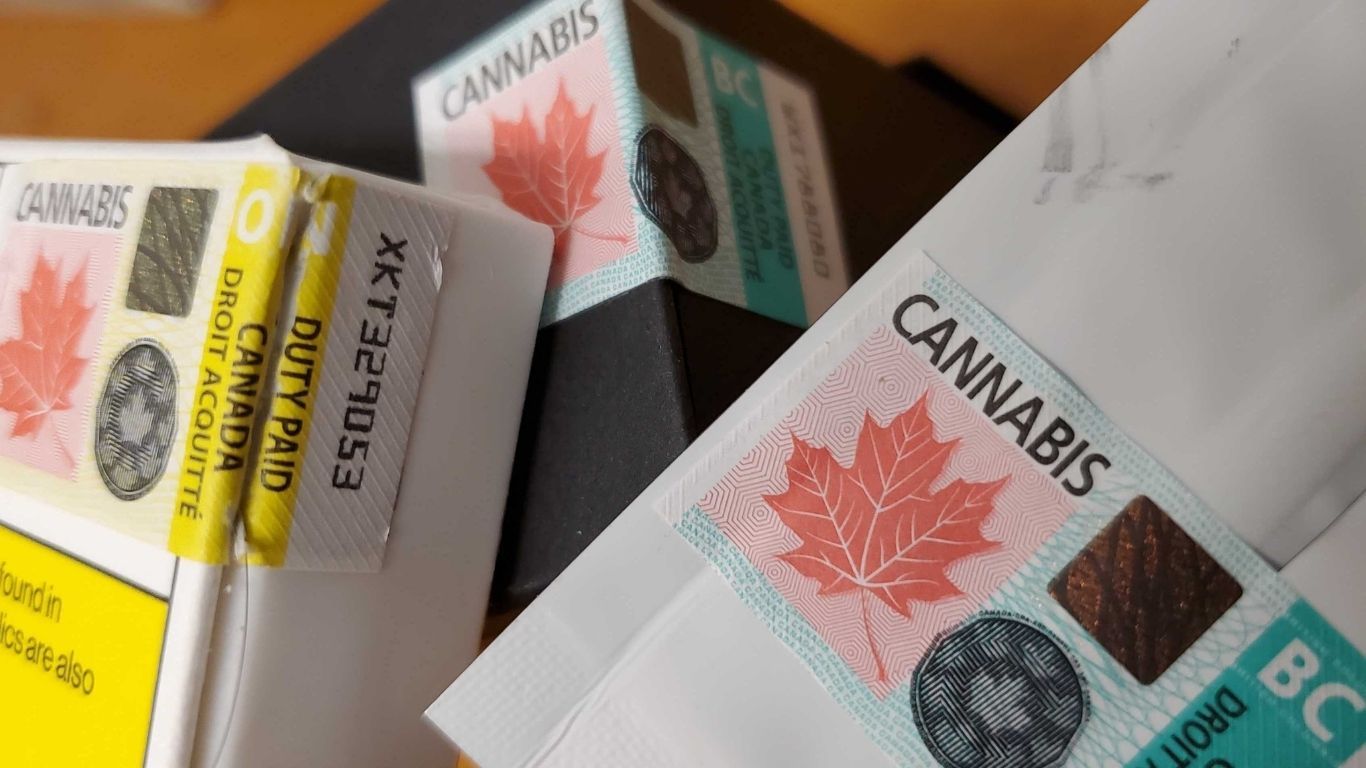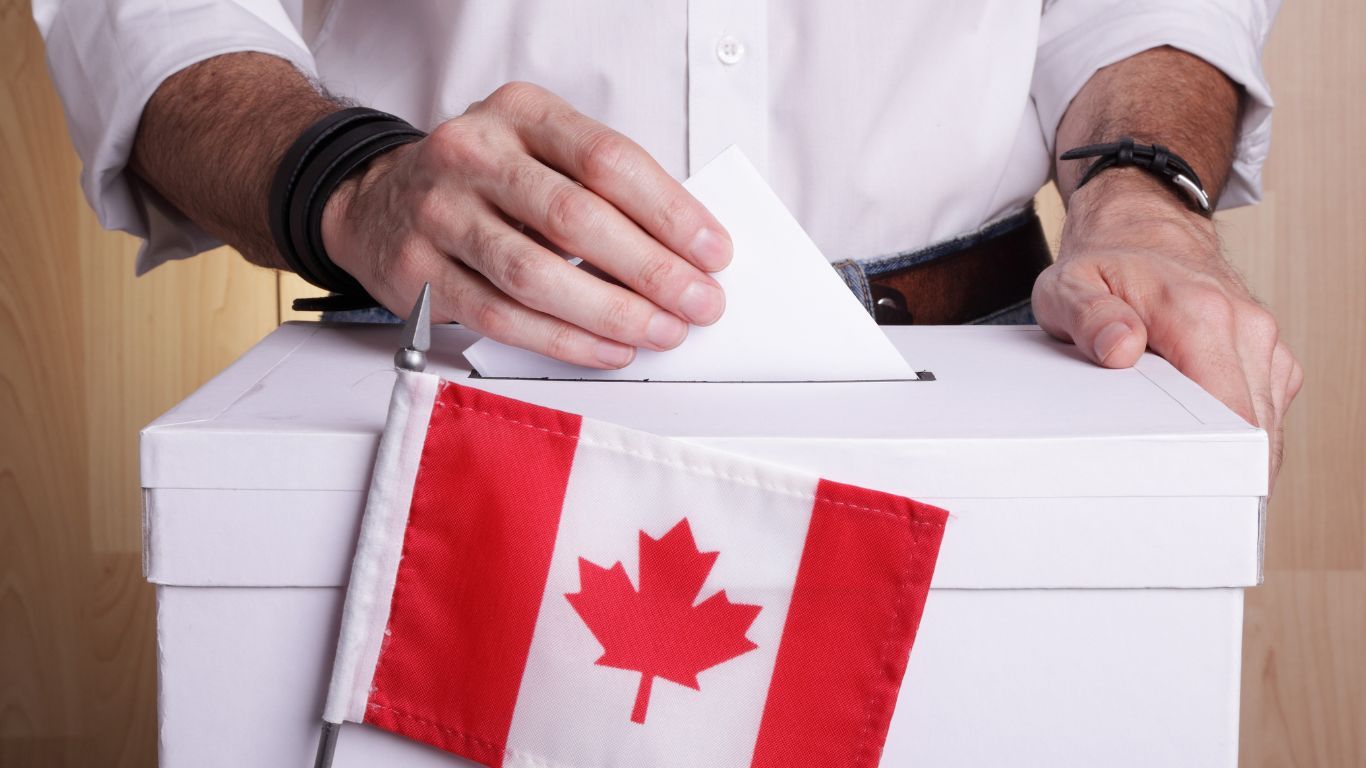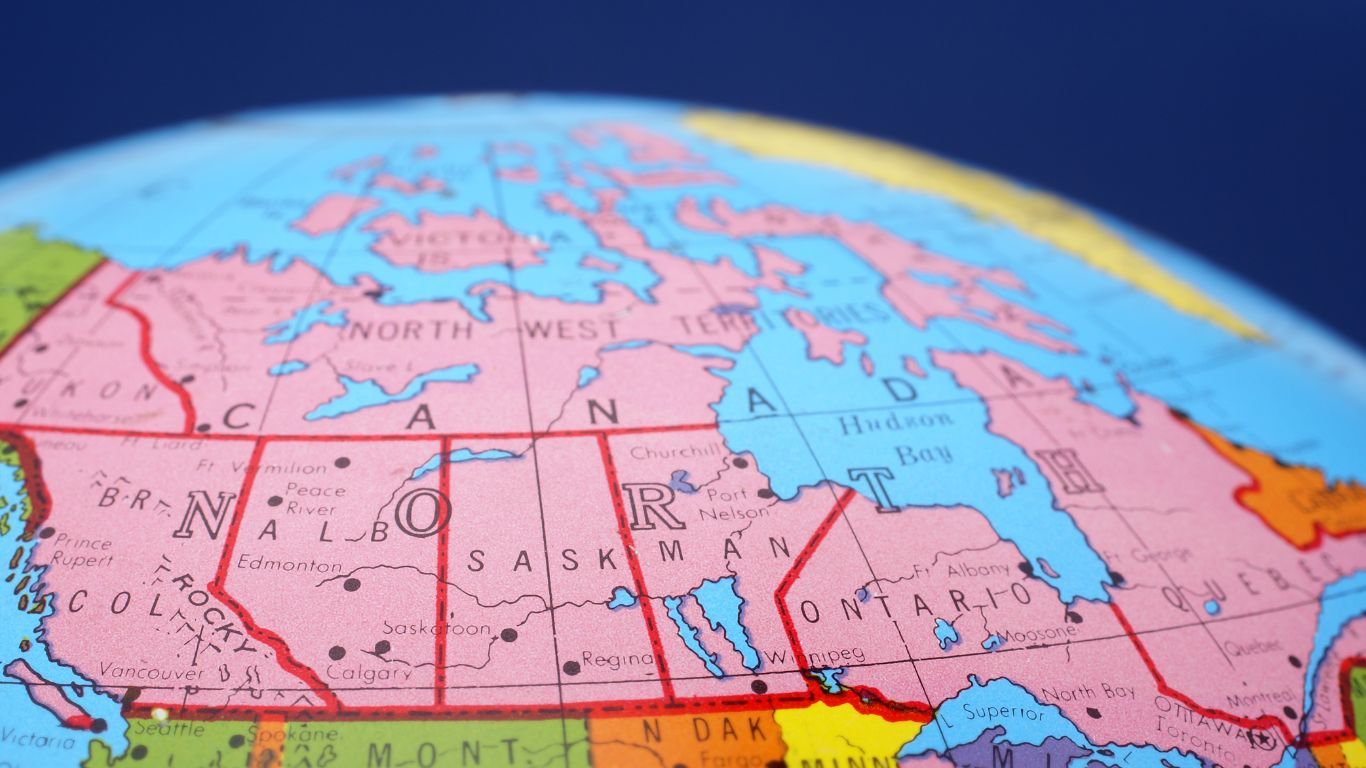
When assessing margins and taxation in the cannabis supply chain, the end consumer may be paying more in taxes than they think. While retail margins hover in the 35% range—or less—there is a multiplier effect on the $1 per gram excise tax that many fail to consider.
“The excise tax for cannabis is marked up by provincial wholesaler, and then the retailer,” says Owen Allerton, Chief Executive Officer at Highland Cannabis, a retail outlet in Kitchener, Ontario. “There’s a multiplier effect that makes $1 of excise tax almost $2 of the manufacturer’s suggested retail price.”
Some industry participants have found that the taxation pass-through can reach absurd levels. Joint Venture Craft Cannabis in Salmon Arm, BC, served retailers via direct delivery during the British Columbia General Employees’ Union strike last August. When the strike ended, Joint Venture Craft Cannabis wanted to reward those who stuck with direct delivery and decided to ship some smaller lots charging only the tax.
“It was a way to thank retailers for their loyalty to the program,” says Janeen Davis, VP of Sales at Joint Venture Craft Cannabis. “We packaged for free, we paid and delivered the biomass for free, and the BC Liquor Distribution Branch (BCLDB) still charged 15% on top of the excise tax.”
The result was that, even when everything was offered for free, the final cost to the retailer—without their margins—was $32.20 for an ounce of dried flower.
Living on the margins
For retailers, the only way to compete is to have visibility into margins for specific products and locations, and to know the level of customer tolerance.
“We don’t charge the same margin at each location,” says Kerri Michell, president of Farmer Jane Cannabis, which has 14 retail stores in Saskatchewan and Manitoba. “Discretion is used for various store locations, brands and product categories.”
This might give an advantage to those retail operations that are nimbler, such as the smaller, privately run businesses that can develop closer customer relationships. Nonetheless, at the end of the day, it is impossible to work for free.
“A healthy margin to pay rent and a living wage is at least 25%,” says Allerton from Highland Cannabis in Kitchener. “A product can sell for $5 or $50—so long as the margins are good, a business can survive. But that’s hard when competing against unregulated operations that don’t pay excise tax.”
“The final purchasers don’t know how much tax they’re paying because the excise tax is hidden in the cost, and then marked up at every step along the way. They also don’t understand that the amount the producer is getting is shockingly low.”
Owen Allerton – Highland Cannabis
In those provinces where the government is the central purchaser and wholesaler, such as Ontario, the excise tax is built into the landed cost the wholesaler pays the producer, and in some cases accounts for more than half of that cost.
The provincial wholesalers then mark up by their products to arrive at the cost that retailers pay. The retailer must apply additional margins to cover the cost of running their business—such as rent, payroll, and some small profit—with applicable sales taxes added.
At the end of the day, it’s the consumer who foots the bill.
“The final purchasers don’t know how much tax they’re paying because the excise tax is hidden in the cost, and then marked up at every step along the way” says Allerton. “They also don’t understand that the amount the producer is getting is shockingly low.”
In a specific example, Janeen Davis has calculated that Joint Venture Craft Cannabis’s direct delivery sales totalled approximately $543,000 in May of this year. Of that, about $70,400 went to the BCLDB as a 15% markup to fund “vital government services”—even though Joint Venture Craft Cannabis handled the distribution itself—and about another $152,000 was in excise tax. In total, Joint Venture Craft Cannabis received $320,551. It then used those funds for supplier biomass purchases and processing costs.
This doesn’t tell the final story of what the consumer pays. Once GST was applied to the retailer, the amount in the Joint Venture Craft Cannabis example rose to approximately $570,000. The retailer then applied margins, which in British Columbia are estimated to be in the 30% to 40% range, as well as HST of 12%, before consumers reached for their wallets. All told, this would have put the fee and tax structure in excess of 50% of the final price.
“As well, some of the retailers we serve are surrounded by unregulated brick and mortar stores,” says Davis. “You can see how hard it is for them to compete, given that these stores can sell for between 30 and 50 dollars an ounce, as they aren’t paying the excise tax. It doesn’t take a rocket scientist to see this isn’t sustainable.”
Licensed to struggle
The extent of the tax burden has come as a surprise to many industry participants, as the understanding was initially that the regulatory framework, including taxation, would be designed to support a healthy legal market.
“What was consistent among early investors was a fear the government was going to tax and overregulate the industry into dust,” says Terri Blumes, Founder and CEO of Almanac Grow Corp, a licensed provider in Alberta. “However, the government had shared a backgrounder on cannabis taxation that was signed by all the finance ministers: taxes were to be low, and agency fees reasonable.”
In the present reality, however, many believe that the federal government’s tax share is incommensurate with the investments made by the private sector. The tax, duty, and fee regimen in specific provinces, such as Alberta—which has an adjustment rate for additional cannabis duty on packaged and stamped cannabis products of 16.8%—can add to the pain.
“Here in Alberta, the margins are so thin it’s no wonder Alberta cannabis businesses are failing weekly,” says Blumes from Almanac Grow Corp. “That said, I expect Alberta will correct the additional tax rate before the federal government does.”
The federal government had promised a federal revenue tax cap at $100 million. It now stands at over $1.2 billion. This excess is supposed to be reverted to provincial, territorial, and even municipal governments—but not necessarily to those businesses that generated the economic activity.
“I’m not saying that the excise tax should be eliminated,” says Davis from Joint Venture Craft Cannabis. “But at some point, we need to arrive at a more rational approach.”











